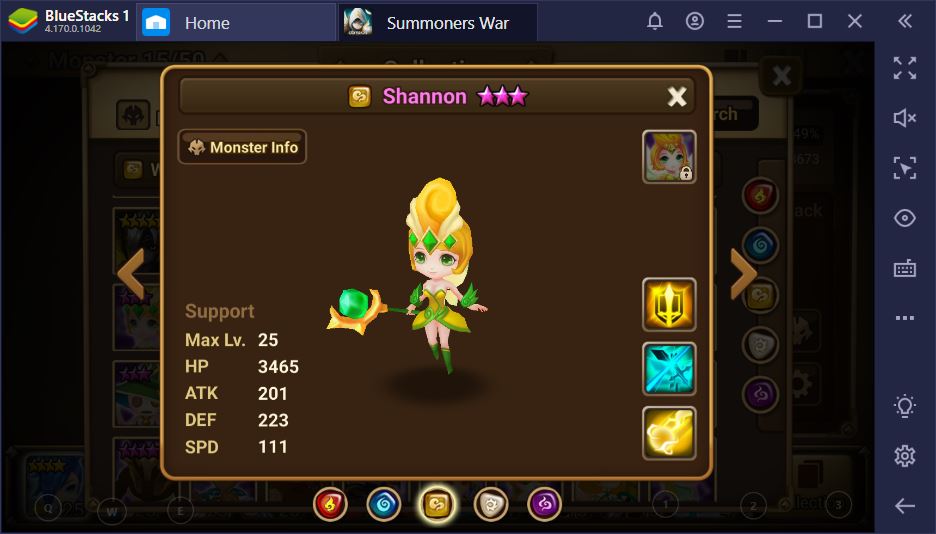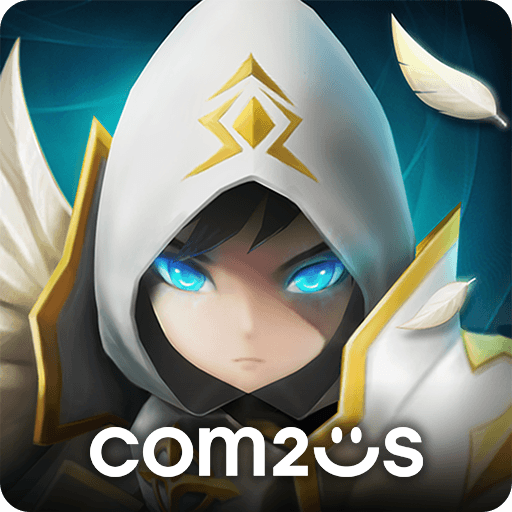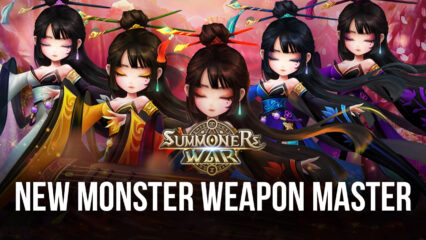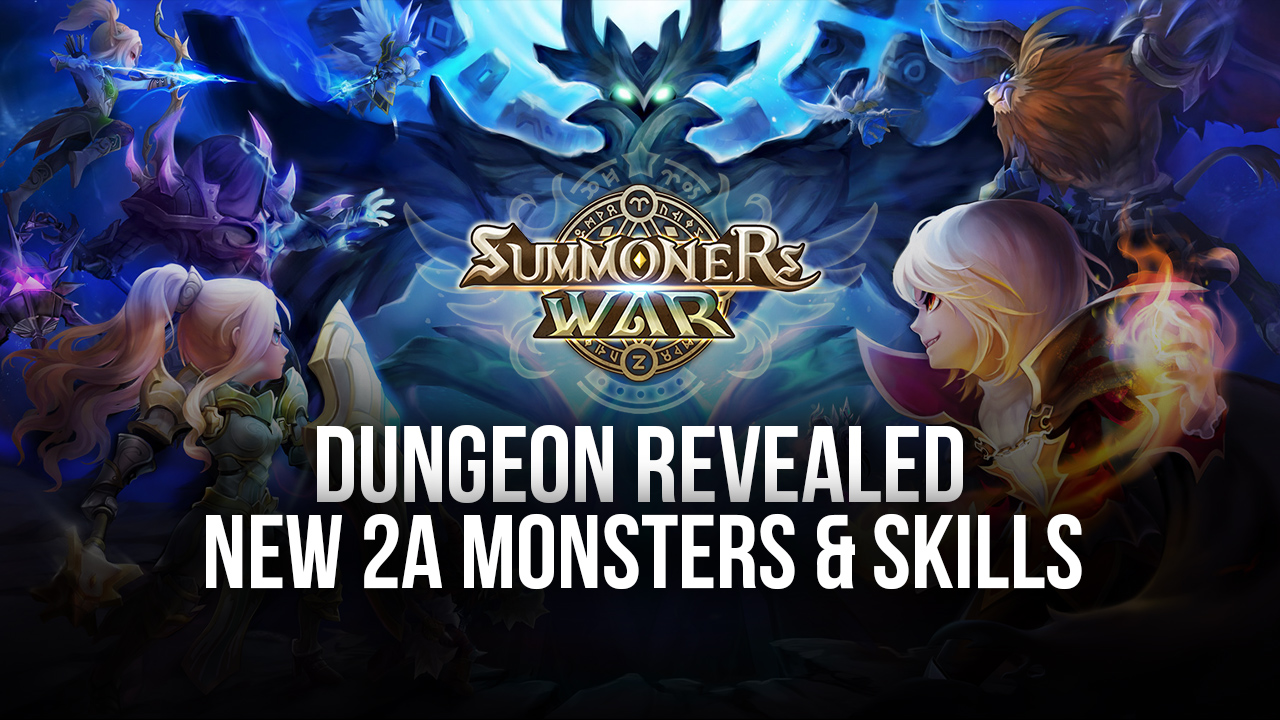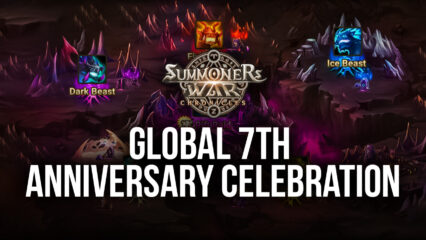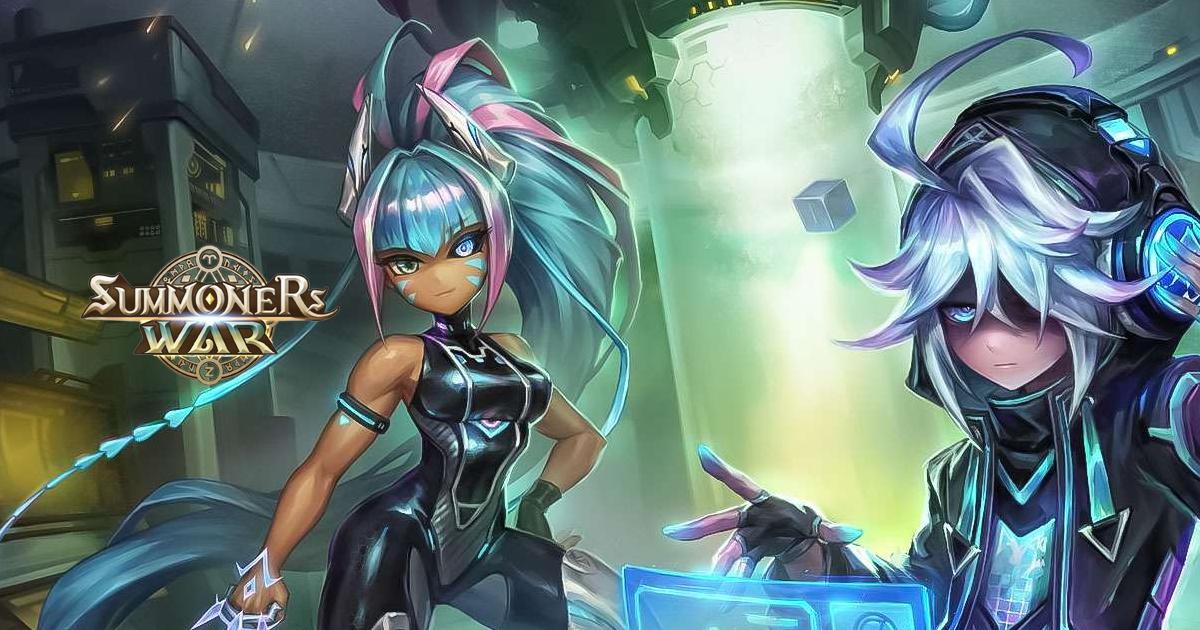Summoners War : Trial of Ascension Guide
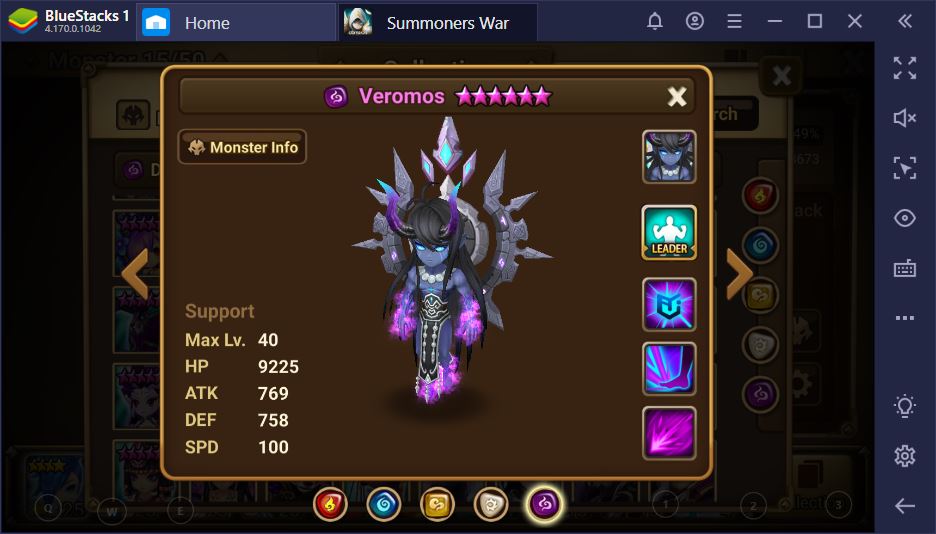
When you reach account level 15, Summoners War gives you the possibility to challenge the Trial of Ascension, a PvE area where you get to fight against increasingly difficult opponents. Mastering it will be instrumental towards your mid and late-game success, not to mention make your life easier, since the rewards include Devilmon for upgrades, L&D, and Legendary Scrolls. If you’re a strictly F2P player, this is the only place where you can get so many rare rewards.
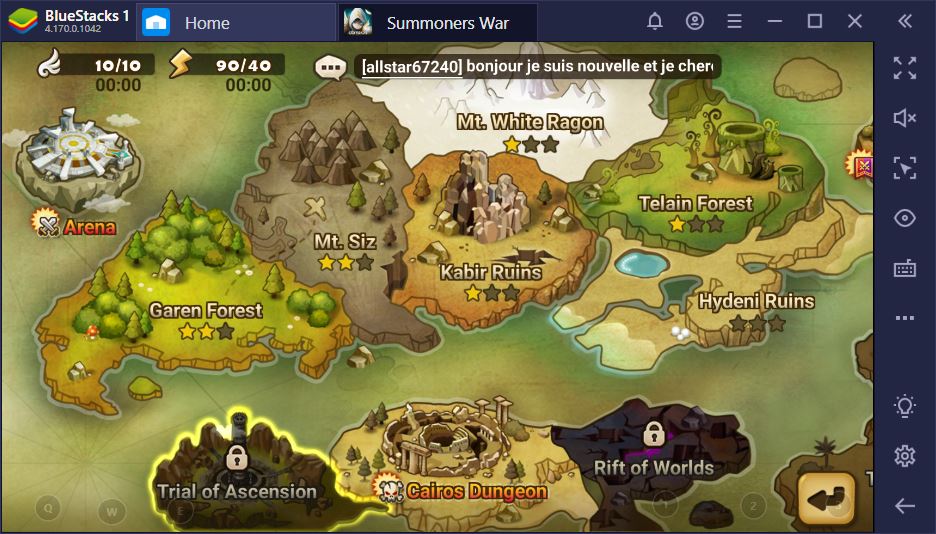
Another reason why F2P players like to keep up with their ToA progression are crystals. That’s right: you can get some of this awesome premium currency without having to pay anything. With a bit of luck, the scrolls will also land you some powerful monsters you can then use to advance even higher. Convinced yet?
What Is the Trial of Ascension?
This slay-the-spire PvE game mode contains 100 levels and two difficulties, normal and hard. Each subsequent stage will challenge you with tougher enemies and encounters. The major problem here is that you cannot revive your line-up using crystals (not that you should ever consider doing so) and, more importantly, that there is no option to call on a friend’s hero to aid you when you’re having trouble. Your progress will reset roughly every 30 days, giving you plenty of time to get to the top.
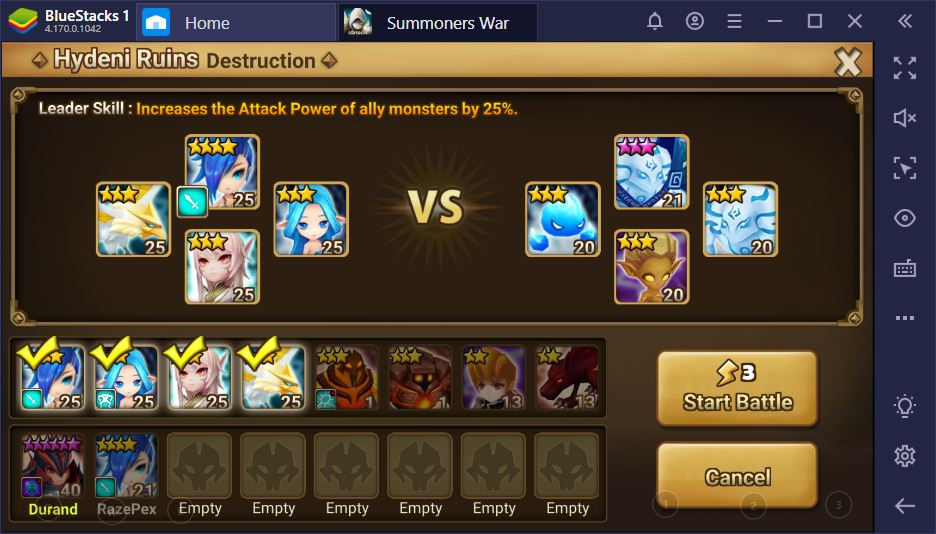
Once you’ve beaten a level, you may return and try it again, but with no reward upon completion. After the reset, some of the stages will be re-arranged and their difficulty scaled up or down, depending on their position. This is a tremendously helpful feature of ToA, since it means that your past experience with an encounter will still be relevant, albeit at a different time. Once every 10 stages, you’ll have to defeat a boss. 30 crystals are awarded every 10 levels starting with the 5th one, so you will be able to reap no less than 300 premium currency for all the levels.
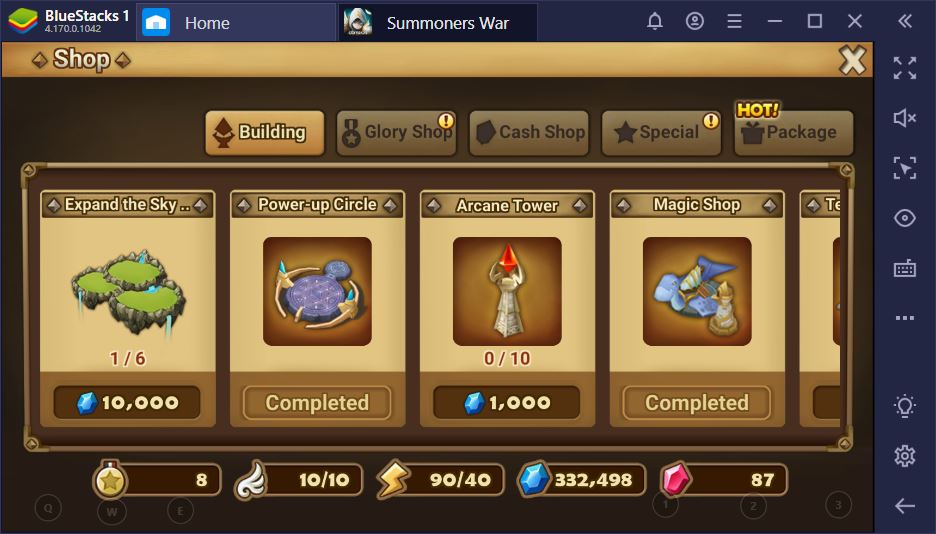
For those who can do the hard mode as well, they can double their monthly rewards. Additionally, whenever you don’t get crystals, your victory will be accompanied by a hefty amount of summoning stones. Stage 30 gives you a mystical scroll, stage 50 two of them, while the last level hands out a legendary one. The energy required to complete each stage also increases from a mere 3 for each of the first 20 floors to 7 in the last 20 ones.
List of Critical Harmful and Beneficial Effects
To be consistently successful in ToA, you have to be familiar with a number of harmful and beneficial effects. When used against you, these can easily disrupt your gameplay and force you to end your progression prematurely. However, if you can pull together a good strategy involving the right supports, they hold the key to defeating encounters that are beyond your current potential.
Debuffs:
- Stun and Freeze – these are, hands down, the most important effects you’ll have to rely on. For one, they give you some crucial damage mitigation, since the enemy is effectively skipping their turn. They also enable you to land on a good turn order, as well as recover vital health when needed. There is no difference between these two effects.
- Attack Break – after the above two, this is the most impactful harmful effect, since it essentially lowers your opponents’ damage. If used appropriately, AB will help you defeat monsters that you should not be able to with your current runes.
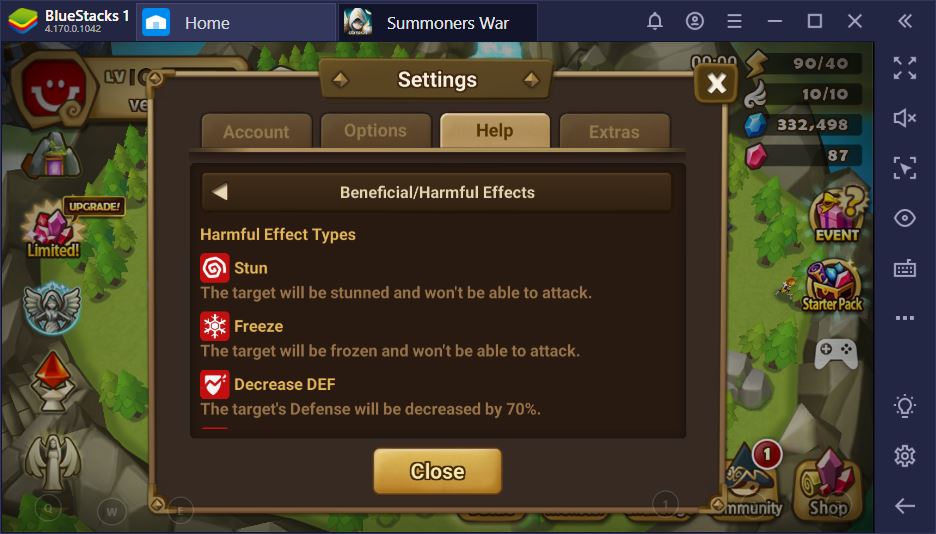
- Provoke – although much more useful in hard than normal, provoke is like a taunt that forces enemies to attack a specific hero in your comp. Especially with hard-hitting bosses, this enables you to keep your squishier units alive while consuming the opponents’ turn in a manner that is least harmful to your line-up.
- Others – Slowness can be useful at giving you the opportunity to act first, sometimes to the point of taking more turns. Glancing Hit tends to be quite underrated. It acts much like an AB in terms of mitigating damage (albeit less than the former), while also preventing debuffs from landing. Keep these in mind.
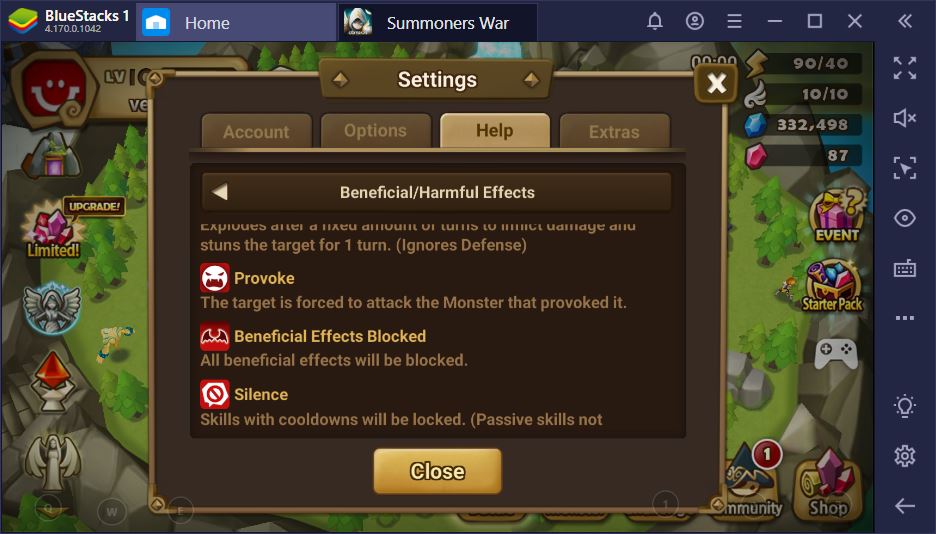
Buffs:
- Speed – the higher your speed, the more turns you get, the more damage you do, the more heals you have. Simple and extremely important.
- Defense – when you’re faced with opponents who don’t comply with your debuffs, defense helps buy valuable time.
- Attack – this is something of a necessity in nuker/bomb strategies.
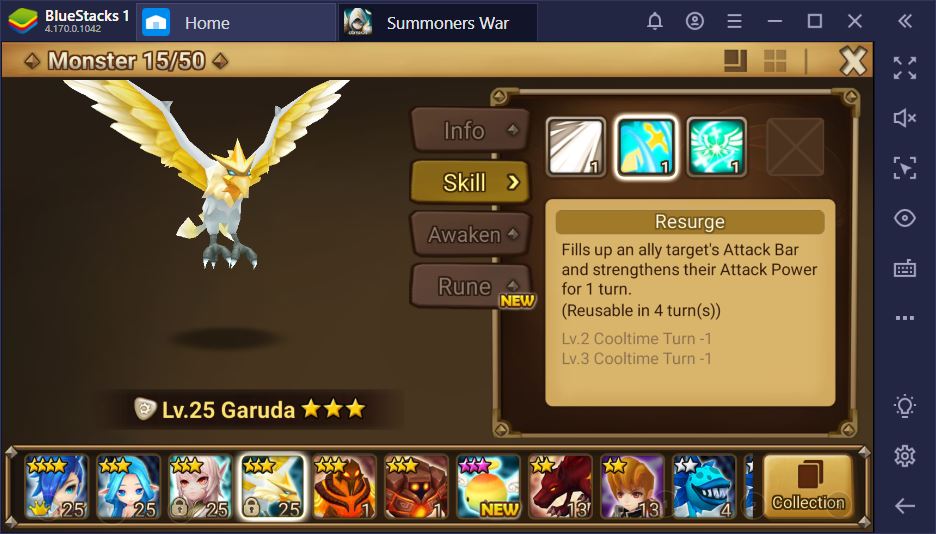
Normal To A Strategy
The best way to go about completing the normal version of ToA is to maximize your survivability. An example of a team that does quite well without having extraordinary runes is Belladeon, Shannon, Veromos, Bernard, and Baretta. They’ll also carry you through most of the hard mode too. Although you don’t need either to be 6-starred, you should ensure that your stones are up to +12 at the very least.

This is the way that the line-up is intended to work. Following these mechanics, you may substitute certain heroes with others, depending on what you have or need:
- Fully stocked on Despair runes, Baretta’s main job is to CC your enemies with the help of her Turbulence skill. Aside from this, she can also deal a fair amount of damage
- Belladeon’s Mobilize recovers everyone’s HP by 30% and fills their attack bar for the same amount, thus providing survivability and a noteworthy speed boost.
- Bernard increases everyone’s speed with his leader skill and his Body Slam breaks the defense and attack of your opponents, while his Tailwind further increases the party’s speed.
- Veromos provides a back-up CC with Super Crush, as well as a debuff cleanse with his Conversion of Magic passive.
- Shannon’s Pep Talk increases your line-ups attack and defense for three turns, while her Decelerate slows enemies down.
All successful lineups have a good healer, an awesome damage dealer, some damage mitigation, at least two CCs, and a monster that increases your speed. So long as you keep this in mind, nothing will be able to stop you from getting those Legendary scrolls on a monthly basis.
